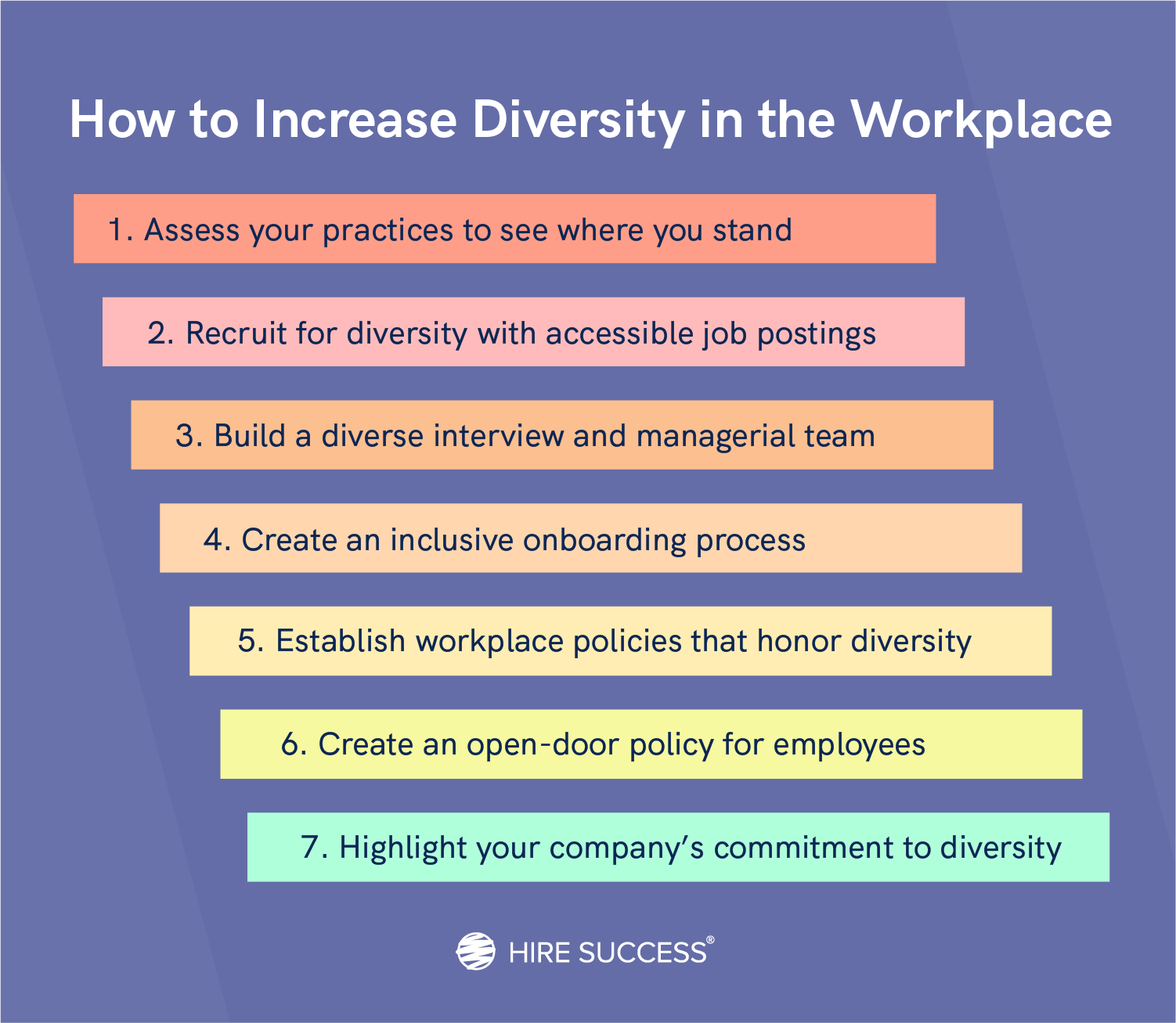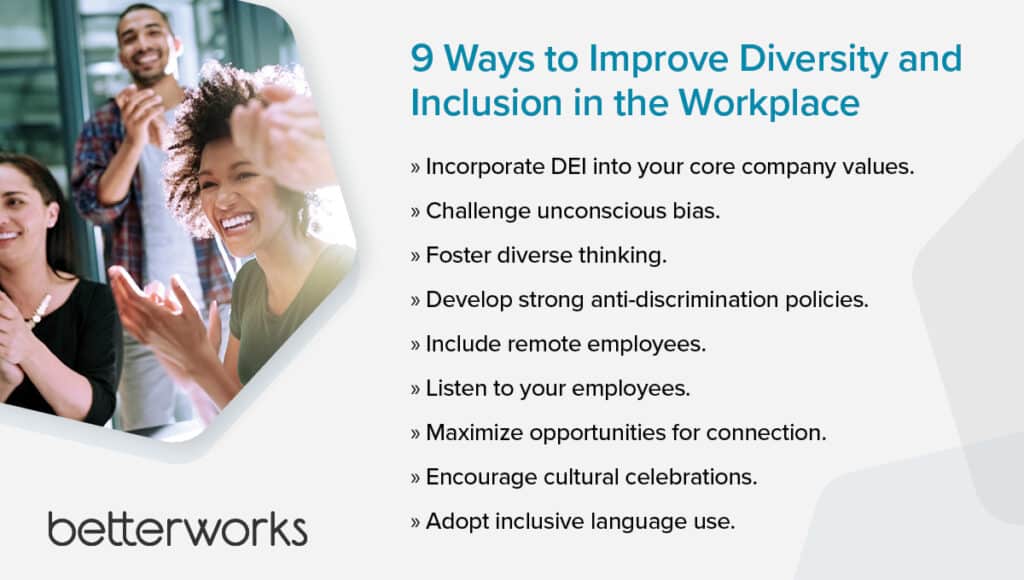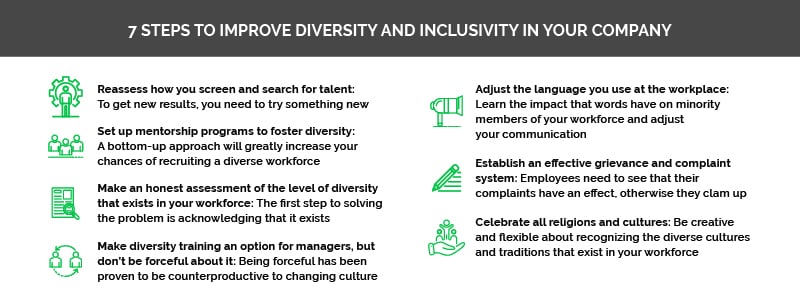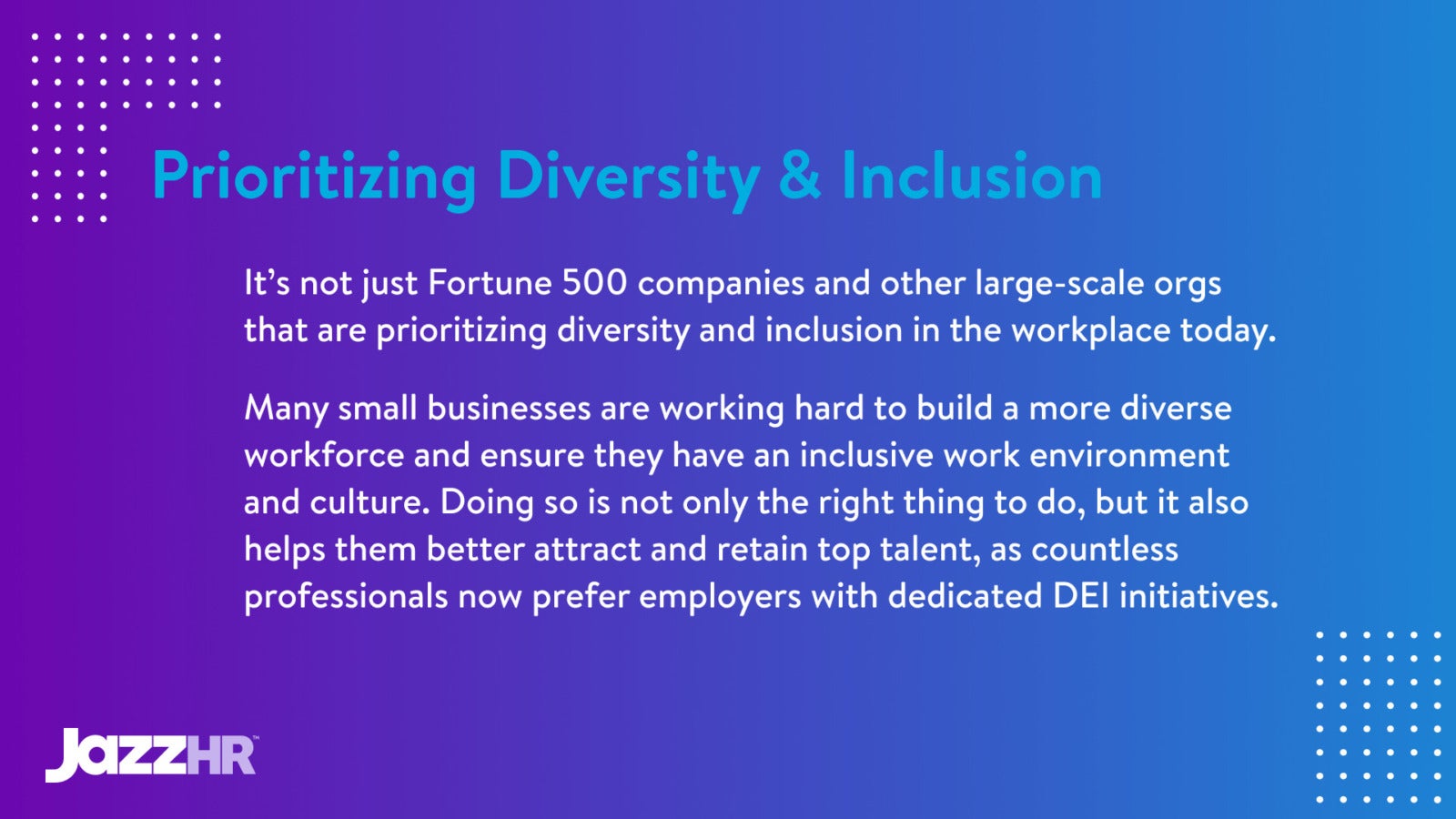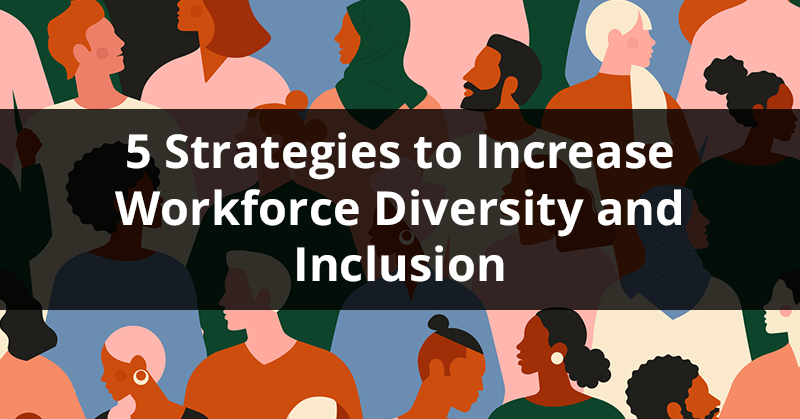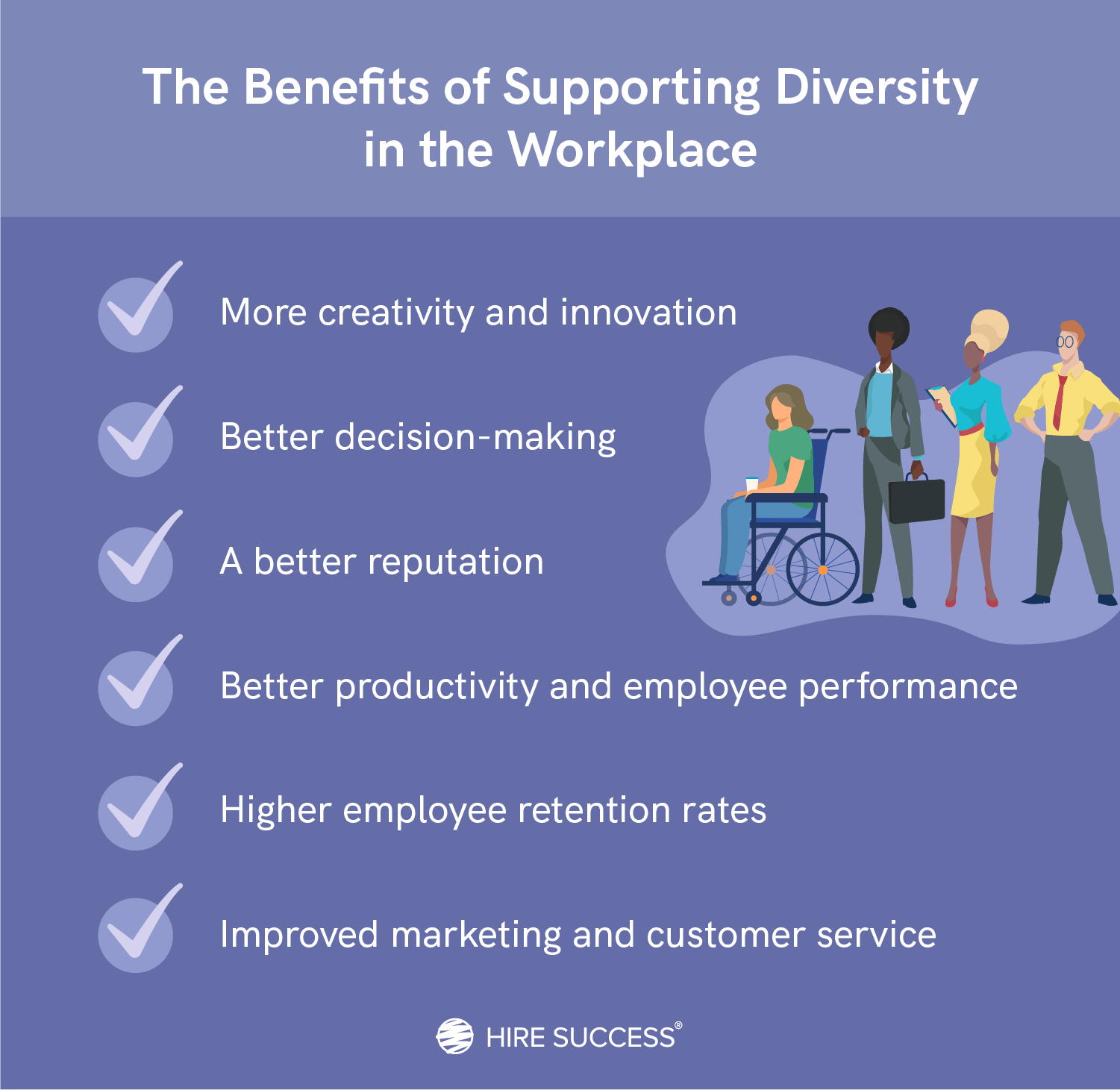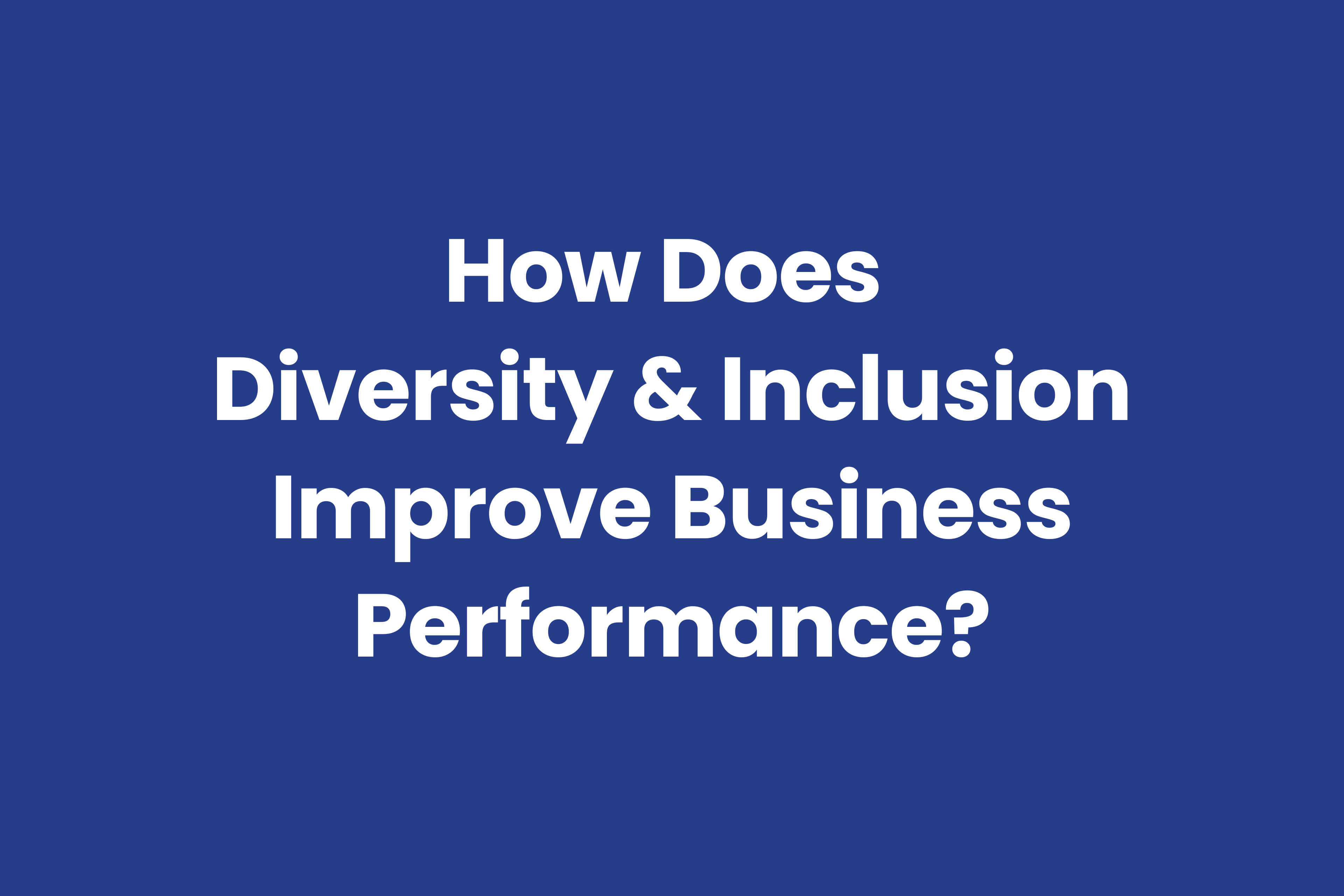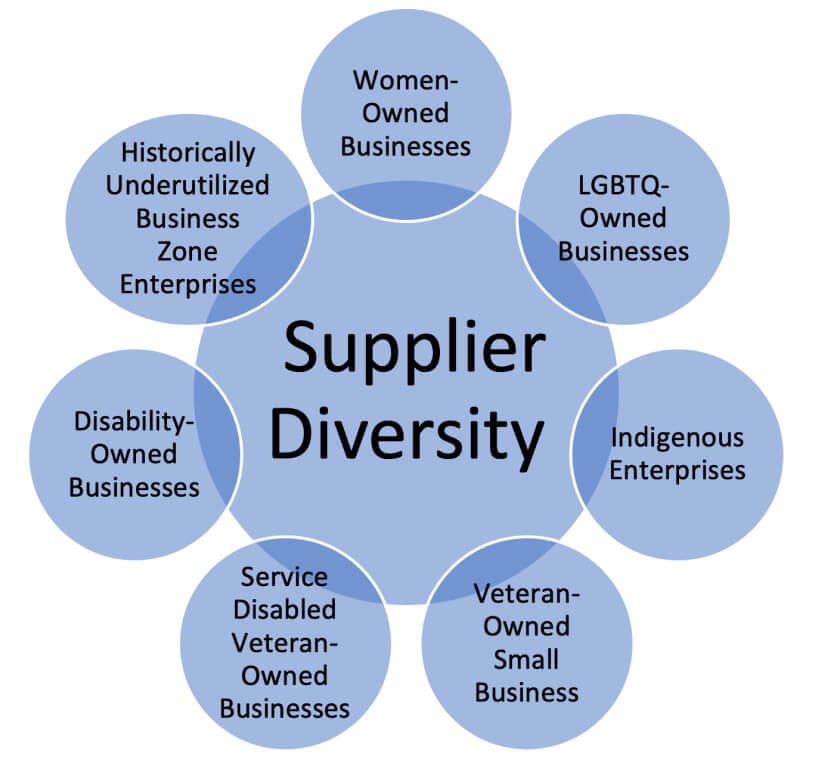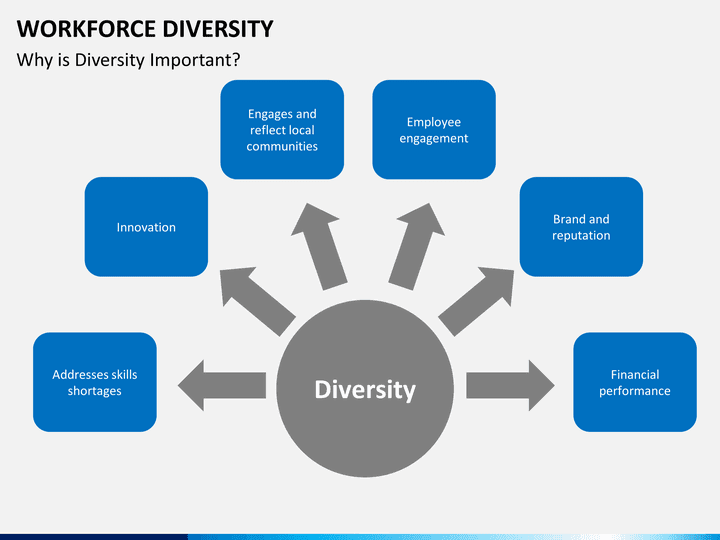What Can Companies Do To Improve Diversity

In an increasingly globalized and interconnected world, the imperative for companies to foster diverse and inclusive workplaces has never been more pronounced. But beyond simply meeting quotas, what concrete steps can organizations take to genuinely cultivate environments where diverse talent thrives and contributes to innovation and success?
This article explores actionable strategies companies can implement to enhance diversity, equity, and inclusion (DEI) efforts, drawing on expert insights and data from reputable sources. The aim is to provide a comprehensive overview of practical measures that go beyond surface-level initiatives and create lasting, meaningful change.
Building a Foundation: Data and Transparency
One of the first steps is understanding the current state of diversity within the organization. This involves collecting and analyzing data on the demographic makeup of employees at all levels, from entry-level positions to the C-suite.
Transparency is key; companies should publicly share their diversity statistics, highlighting both successes and areas needing improvement. This demonstrates accountability and builds trust with employees and stakeholders alike.
Ernst & Young (EY), for instance, publishes an annual DEI report outlining its progress and future goals, setting a precedent for others in the professional services industry.
Recruitment and Hiring Practices
Rethinking recruitment strategies is crucial to attracting a more diverse pool of candidates. This includes actively seeking out talent from underrepresented groups through partnerships with organizations focused on diversity.
Companies should also review their job descriptions to ensure they are inclusive and avoid biased language. Blind resume screening, where personal information is removed, can also help mitigate unconscious bias during the initial screening process.
"It's not enough to say you're open to diverse candidates; you have to actively seek them out and create a welcoming environment," notes Dr. Sarah Jones, a leading DEI consultant.
Cultivating an Inclusive Culture
Diversity is not enough without inclusion. Creating a culture where all employees feel valued, respected, and heard is essential for retaining diverse talent.
This involves implementing diversity training programs that address unconscious bias, microaggressions, and other forms of discrimination. Employee resource groups (ERGs) can also provide support and a sense of community for employees from underrepresented backgrounds.
Furthermore, companies should establish clear channels for reporting discrimination and harassment and ensure that complaints are investigated promptly and thoroughly.
Leadership and Accountability
Leadership buy-in is critical for the success of any DEI initiative. Leaders must champion diversity and inclusion from the top down, setting the tone for the entire organization.
This includes incorporating DEI goals into performance metrics and holding leaders accountable for achieving them. Mentorship and sponsorship programs can also help support the career advancement of employees from underrepresented groups.
Deloitte, for example, has implemented a "inclusion imperative", emphasizing the importance of inclusive leadership at all levels of the organization.
Investing in Education and Development
Providing employees with opportunities for professional development and advancement is essential for retaining diverse talent. This includes offering training programs, mentorship opportunities, and access to leadership development programs.
Companies should also consider offering scholarships and tuition reimbursement programs to help employees from underrepresented backgrounds pursue higher education.
By investing in their employees' growth, companies can create a more skilled and diverse workforce and demonstrate their commitment to inclusion.
Measuring Impact and Continuous Improvement
DEI is an ongoing journey, not a destination. Companies should regularly measure the impact of their DEI initiatives and make adjustments as needed. This involves tracking key metrics, such as employee retention rates, promotion rates, and employee satisfaction scores.
Collecting feedback from employees through surveys and focus groups is also essential for understanding their experiences and identifying areas for improvement. The Society for Human Resource Management (SHRM) offers valuable resources and benchmarks for measuring DEI effectiveness.
By continuously monitoring and evaluating their DEI efforts, companies can ensure that they are making progress toward creating a more diverse, equitable, and inclusive workplace.
The Bottom Line
Improving diversity within companies is not just a matter of social responsibility; it's also a business imperative. Diverse teams are more innovative, creative, and better equipped to understand and serve a diverse customer base.
By implementing the strategies outlined in this article, companies can create workplaces where all employees feel valued, respected, and empowered to contribute their best work. This, in turn, will lead to greater success for both the organization and its employees.
The journey towards a truly diverse and inclusive workplace requires ongoing commitment, effort, and a willingness to learn and adapt. But the rewards – a more engaged workforce, greater innovation, and a stronger bottom line – are well worth the investment.


